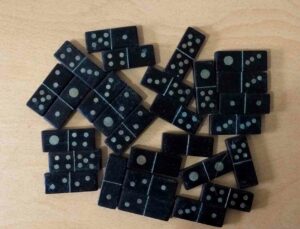heatherbee
heatherbee
Thomas Goodman was born in about 1821 in Sedgley, Staffordshire. He was a miner. On 3rd November 1844 he married Hannah Tipper, a widow, born Hannah Bradford in Wolverhampton. Hannah was a Nailer. Her father, T Bradford was also described as a Nailer on the marriage certificate. Nail making was quite an industry in the midlands at this time. The job was hard, dirty and poorly paid but made the industrial bosses of the time very wealthy. Thomas and Hannah were illiterate.
Thomas and Hannah lived in the Wolverhampton district and their seven children were born in that area. Thomas (1841) John (1843) Samuel (1845) Mary (1847) George (1849) Betsy (1851) Jane (1860)
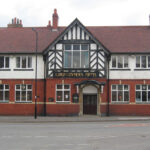
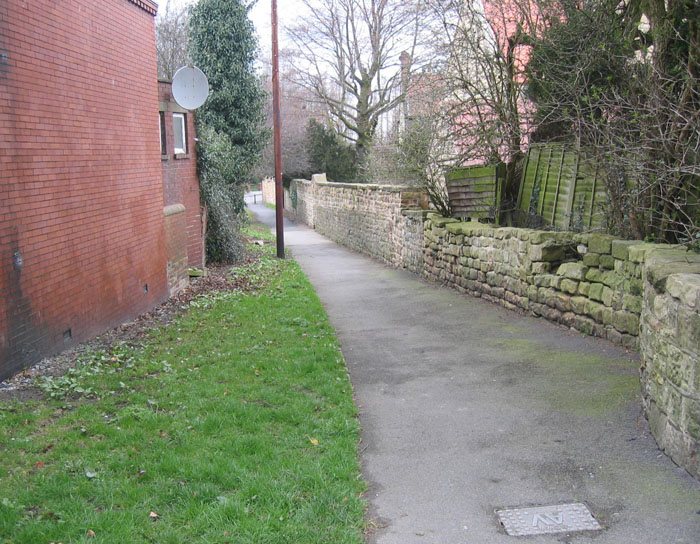
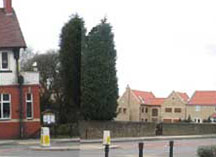
Samuel was born on 13th April 1845 and at this time the family lived at Old Mill Croft, Sedgley. On 23rd April 1867 Samuel married Mary Jane Westwood at St James Parish Church, Ogley Hay, Staffordshire. Mary Jane was born in Sedgley in 1848. At the time of the marriage Samuel was described as a Collier and lived at Brownhills, Staffordshire which is on the A452 north of Birmingham. Mary Jane was illiterate.
Samuel and Mary Jane had eight children
Sarah Hannah (1867) John Thomas (1873) Ada E (1876) Samuel (1880) George (1883) Lillian (1887) Harry (1889) Daisy (1892) At the time of the 1901 census Samuel and his family had moved to 30 Wales Road, Kiveton Park, South Yorkshire. On the census document No 30 was between the Lord Conyers Arms and the Vicarage. The Lord Conyers Arms is still in existance and an old wall around a new development to the right looks as if it could have belonged to the vicarage. It seems that 30 Wales Road no longer exists. A narrow path to the right of the Lord Conyers Arms leads to a grassed area which could have been the site of some cottages.
George was born in Wales, Yorkshire on 17th March 1883 and in 1907 he married Nora Lee in Enniscorthy, Ireland. Nora was born in Ferns Co Wexford in 1885. Her parents originally lived in Beighton, not far from Wales but moved to Ferns County Wexford, Ireland in about 1882 leaving some of their grown up children in England. I assume George and Nora met when she visited her family in Beighton. There are still many relatives living in Ferns Co Wexford. George was a Miner and became a Deputy, I believe, at Wales or Kiveton Park Colliery. He and Nora had three children
Cyril (03.10.1908). Amy Lillie 20.11.1909 Doris Freeda 18.02.1914
Cyril worked at the pit but due to a disability in his leg, he worked at the pit head rather than down the mine. He married Connie quite late in life. They had no children.
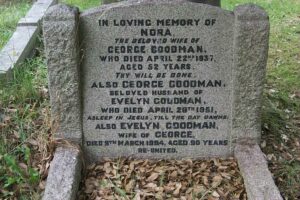
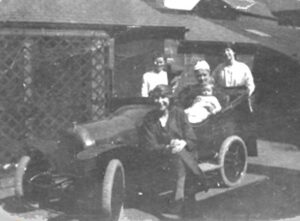
Amy Lillie wanted to become a nurse and would have liked to have gone to Liverpool to train but she told me that the vicar’s wife told Nora (Amy’s mother) that Liverpool was a wicked city and it would not be wise to allow her to go there. Amy went to Huddersfield and worked at the fever hospital in Meltham. While she was there she nursed a 12 year old boy who at that young age had political aspirations. His name was Harold Wilson and he later became Prime Minister. It was while she was working in Huddersfield that she met Thomas Cunningham. Amy Lillie married Thomas Cunningham at Wales Church on 23rd August 1932.
Doris Freeda, who later in life used Freeda rather than Doris, married Harold Lenton and they had two children, Ann and Wendy. Ann was not a well child and spent much of her life being looked after by nuns at St Joseph’s Convent Howard Hill, Sheffield, and died at the age of 10. Wendy emigrated to Australia in the early 1960’s
Nora died in 1937 at the age of 52 shortly after returning from Ireland having attended the funeral of her twin brother Dermot.
Amy Lillie and Thomas have two daughters Shirley and Heather.
My mother gave me these dominoes saying that she remembered her parents (George and Nora) playing with them when she was a child. They are obviously home made. The wood is lignum vitae, could they be made from old piano keys? The pips are created by what look like the heads of brass nails. These would be readily available in a mining area as brass does not create a spark which would be very dangerous underground. There are no ‘6’ s, instead there is just one very large nail. They either ran out of small nails or found it too difficult to fit six in the available space.
